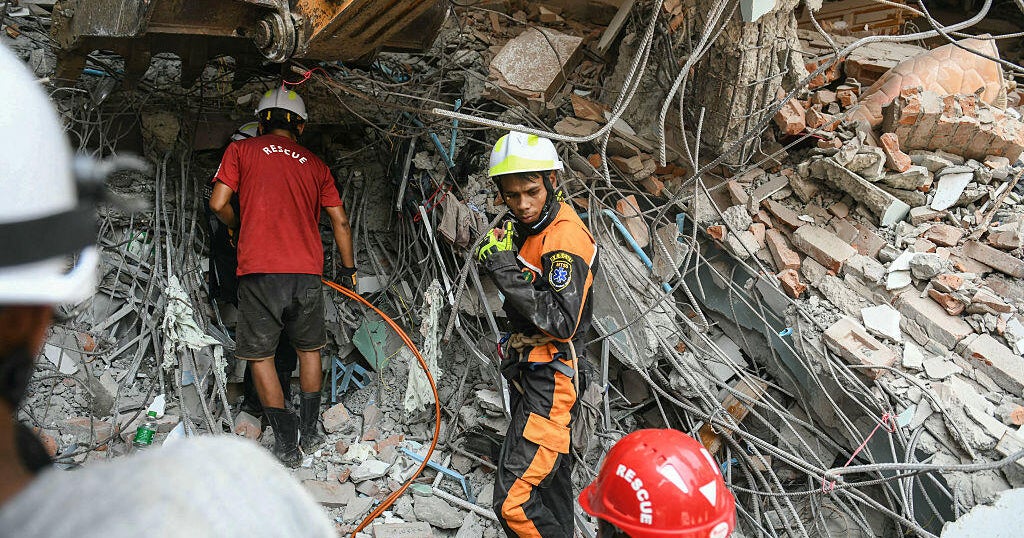Powerful Alaska earthquake causes prolonged shaking, brief tsunami warning: "It started getting stronger and stronger"
A powerful earthquake which struck just off Alaska's southern coast caused prolonged shaking and prompted tsunami warnings that sent people scrambling for shelters.
Residents reported only minor damage, but officials said that could change after sunrise and people get a better look.
The National Tsunami Warning Center canceled the warnings early Thursday when the biggest wave, of just over a half foot, was recorded in Old Harbor. A tsunami warning that had also been issued for Hawaii was also canceled, and officials said there was no threat to Guam, American Samoa or the Commonwealth of Northern Mariana Islands.
The warning for Alaska covered nearly a 1,000-mile stretch from Prince William Sound to Samalga Island, Alaska, near the end of the Aleutian Islands.
The U.S. Geological Survey said the quake was magnitude 8.2 and hit 56 miles east southeast of Perryville, Alaska at about 8:15 p.m. Wednesday. The quake was about 29 miles below the surface of the ocean, according to USGS.
Denise Mobeck, the administrator for the Sand Point Police Department, activated the tsunami alarm for her community, KTUU-TV reports. She said officers were also on the ground working on moving people to higher ground.
The earthquake lasted around two minutes, Mobeck said.
"It started getting stronger and stronger," she said. "And I ended up going out into the living room because I started hearing glass break."
Patrick Mayer, the superintendent of schools for the Aleutians East Borough, was sitting in his kitchen in the community of Sand Point when shaking from the quake started.
"It started to go and just didn't stop," Mayer told the Anchorage Daily News. "It went on for a long time and there were several aftershocks, too. The pantry is empty all over the floor, the fridge is empty all over the floor."
On the Kenai Peninsula, a steady stream of cars were seen evacuating the Homer Spit, a jut of land extending nearly 5 miles (8 kilometers) into Kachemak Bay that is a draw for tourists and fishermen.
In King Cove, up to 400 people took shelter in the school gym.
"We're used to this. This is pretty normal for this area to get these kind of quakes, and when the tsunami sirens go off, it's just something we do," school principal Paul Barker told the Anchorage newspaper. "It's not something you ever get used to, but it's part of the job living here and being part of the community."
Several other earthquakes, some with with preliminary magnitudes of 6.2 and 5.6, occurred in the same area within hours of the first one, the U.S. Geological Survey reported.





